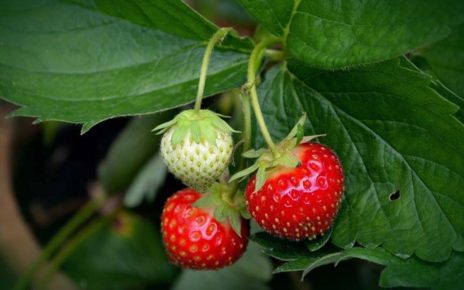A new analysis has provided insights into the microorganisms found in cheese. Researchers at Teagasc and APC Microbiome Ireland SFI Research Centre have outlined the links between microorganisms, specific desirable and undesirable flavors and the arsenal of antimicrobials that starters and other cheese microorganisms produce to preserve cheese naturally. The study has been published in Nature Food and looked specifically at the microbiology of cheeses from around the world.
Led by Professor Paul Cotter, his team employed the most advanced DNA technologies to characterize “in great depth” the microbiology of 184 samples of cheeses from across the world, including newly studied samples from 55 kinds of cheese that were sourced from artisanal cheese producers from across Ireland.
The study also provides an intriguing insight into the battle between phage (viruses that infect bacteria) and cheese microorganisms and associated anti-phage countermeasures.
Cheesemaking stretches back millennia and cheese remains an essential component of the diet of many. Originally, cheese was made to preserve milk, with lactic acid and other by-products of growth produced by microorganisms during the fermentation process extending its shelf life and contributing to flavor, appearance and aroma.
“Tremendous” value to industry
This study has the potential to be of tremendous value to the cheese industry, according to Cotter. “A better understanding of the microbiology involved can lead to the better harnessing of microbes that can positively impact flavor and other qualities. This could allow the most desirable qualities of artisanally produced cheeses to be made available to even wider markets. It also has broader implications for the whole fermented food field where the same technologies can be employed in a similar way and scale,” explains Cotter.
Scientists have been studying these microorganisms and their activities since the 19th century and eventually began to try to better control the process through the conscious addition of specific microorganisms, known as “starters,” to start the cheesemaking process. Studies have also focused on identifying and controlling the growth of other, undesirable microorganisms that contribute to off-flavors or food poisoning as well as phage.
“The application of these cutting edge approaches has revolutionized our understanding of the microbiology of cheese and provided insights that are relevant to the vast number of microbial communities that impact the food chain and human health,” says co-lead author Dr. Aaron Walsh.
“This work would not be possible without the fantastic contribution of artisanal cheese producers of Ireland, who show such dedication and devotion to the production of cheese of the highest quality,” adds colleague Dr. Guerrino Macori.
Source: Food Ingredients First










